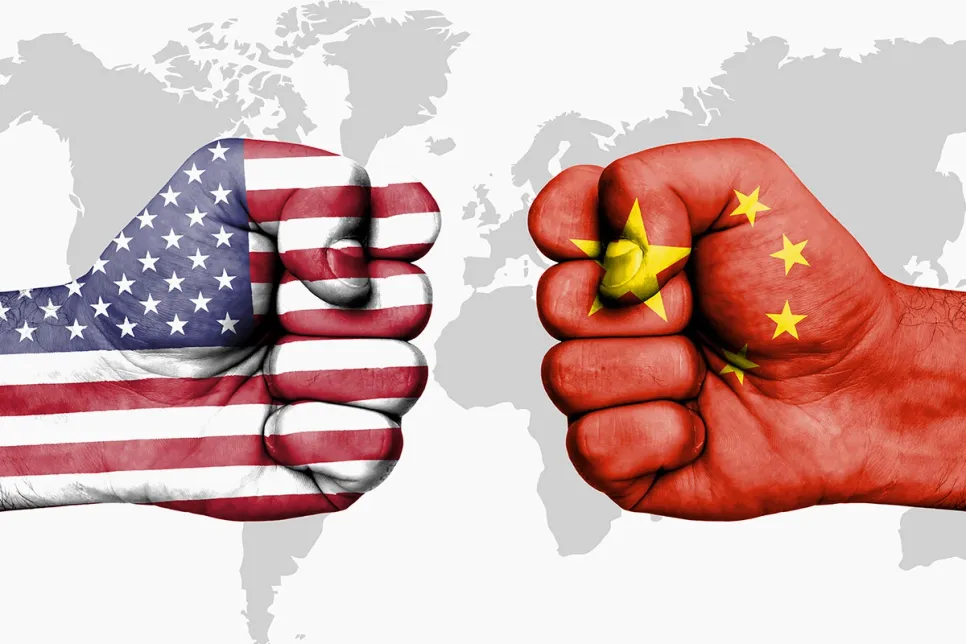Business Users and Developers Are the Main Opportunities for AI PCs
AI is coming to the PC, but Apple and NVIDIA already have a lock on creative and gaming users, says a new Omdia report.

New technologies will drive ICT spending to more than $6 trillion by 2022 with growth accelerating through the end of the forecast period to more than 6% per year as new categories account for an increasing share of the market, according to IDC. However, there are significant differences between major countries when it comes to the speed at which some of these new technologies are being adopted. These differences are no more pronounced than when comparing the United States and China.
By 2022, China will account for nearly 40% of worldwide robotics spending with almost $80 billion in annual expenditures and already accounts for more than a quarter of global spending on IoT and AR/VR. Meanwhile, the U.S. continues to dominate spending on software-driven markets and currently accounts for almost 70% of total spending on AI and more than 50% of big data & analytics (BDA). U.S. annual spending on AI will grow to nearly $50 billion by 2022, while annual BDA investments will reach $140 billion.
"The U.S. is still leagues ahead of other countries when it comes to software spending in general and early-stage software deployments in particular," said Stephen Minton, vice president, Customer Insights & Analysis at IDC. "That's partly related to general recognition by U.S. firms of the productivity benefits related to software investments, partly to a strong local ecosystem of vendors and channel partners, and also partly to the rapid adoption of cloud computing in recent years.
In 2017, the U.S. accounted for 54% of all cloud-related ICT spending worldwide at $145 billion. This included $70 billion in spending on cloud software, $35 billion on cloud-related IT services, and $10 billion on infrastructure as a service. The U.S. accounted for almost 70% of worldwide cloud software spending, while China accounted for just 1.5%.
The current trade war between the U.S. and China threatens to disrupt both countries and their ability to implement their goals in the next five years. While spending on new technologies has not yet shown a significant slowdown, IDC expects any escalation in the trade war to be a drag on traditional technologies in the first half of 2019. Spending on new categories would likely begin to slow by 2020 if businesses are forced to reassess their budgets.
Other regions may also be caught up in a trade war with the U.S. to some extent, especially as protectionism begins to affect worldwide GDP. For now, however, pockets of growth and strong investment have emerged in various places.